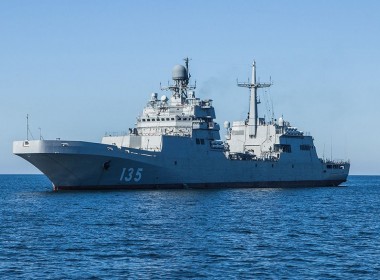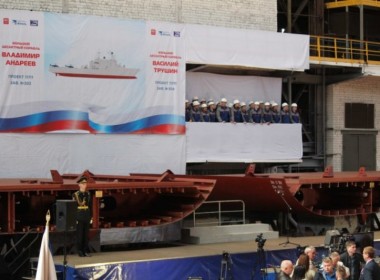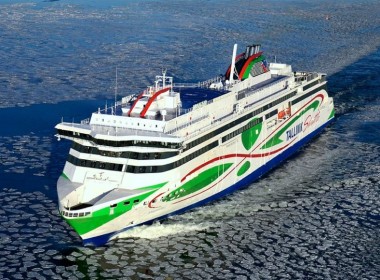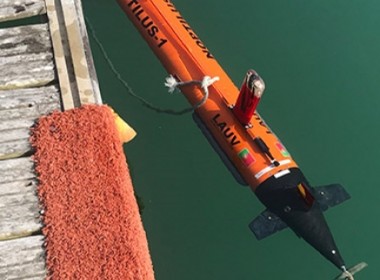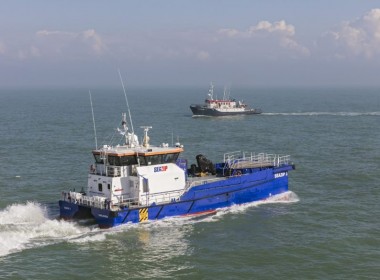Autonomous ships project proves relevance of collision avoidance rules
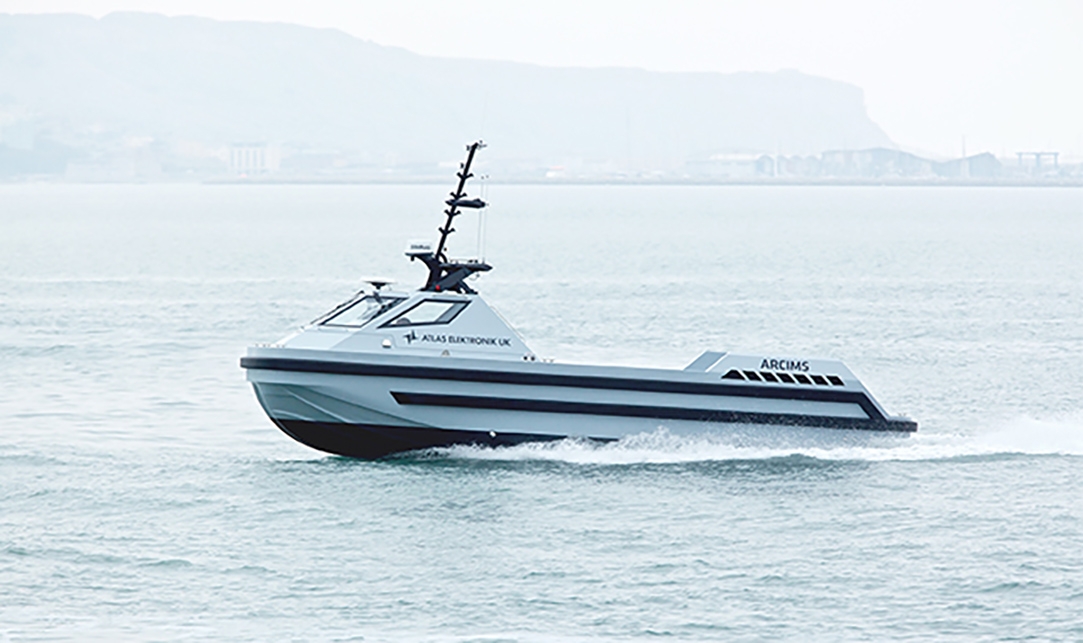
The MAXCMAS (Machine Executable Collision Regulations for Marine Autonomous Systems) research project has shown autonomous vessels can meet current collision avoidance (COLREG) rules.
Partners in the £1.3 million (US$1.8 million) project, which included Rolls-Royce, Lloyd’s Register, Warsash Maritime Academy (WMA), Queen’s University Belfast and Atlas Elektronik (AEUK,) found that use of newly developed algorithms allowed existing COLREGs to remain relevant in a crewless environment.
It also found artificial intelligence-based navigation systems could enact the rules to avoid collision effectively, even when approaching manned vessels were interpreting the rules differently.
The research used WMA’s networked bridge simulators, which helped analyse crew reactions when faced with a range of real-world situations. It then honed the MAXCMAS algorithms.
“Through MAXCMAS, we have demonstrated autonomous collision avoidance that is indistinguishable from good seafarer behaviour and we’ve confirmed this by having WMA instructors assess MAXCMAS exactly as they would assess the human”, said Rolls-Royce Future Technologies Group’s Eshan Rajabally.
During sea trials aboard AEUK’s ARCIMS unmanned surface vessel (USV), collision avoidance was successfully demonstrated in a real environment under true platform motion, sensor performance and environmental conditions.
“The trials showed that an unmanned vessel is capable of making a collision-avoidance judgement call even when the give-way vessel isn’t taking appropriate action,” said AEUK Autonomous Systems Program Manager Ralph Dodds.
“What MAXCMAS does is make the collision avoidance regulations applicable to the unmanned ship.”


